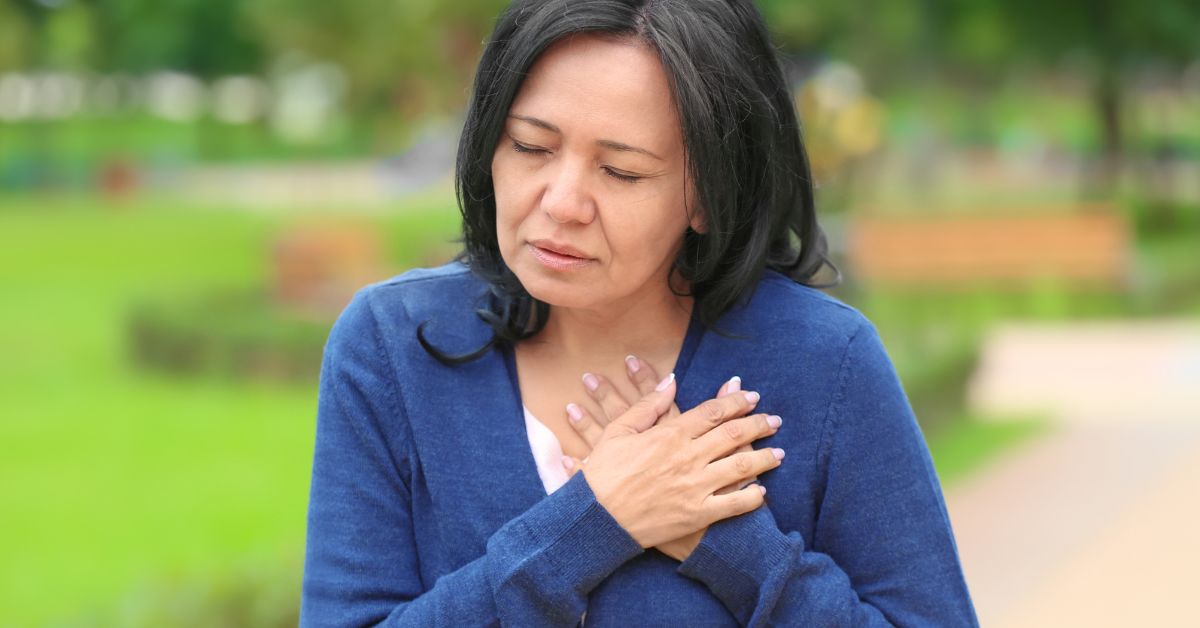The connection between tired legs and peripheral artery disease
When we experience tired or achy legs, we often dismiss the feeling as “overdoing it” or “just getting older.” And while sometimes this may be true, tired or achy legs can also be a sign of heart health issues.
Leg pain can be a sign of peripheral artery disease (PAD). Common signs of PAD include soreness, tired or achy feelings in the legs. This can also include pain in the hips when walking, exercising or climbing the stairs.
Here are signs that sore legs may be a larger health concern:
- Leg pain that does not go away when you stop exercising
- Foot or toe cuts or wounds that won’t heal or are very slow to heal
- Experiencing a colder temperate in the lower legs or feet than in the rest of your body
- Poor toenail growth
- No growth or very slow growth of hair on the legs, feet and toes
- Erectile dysfunction, especially in men with diabetes
What is peripheral artery disease?
PAD is caused by atherosclerosis or plaque build-up in the arteries, which prevents blood flow and oxygen to arriving where it is needed.
Dr. Robert Hacker, a vascular surgeon at Mercy Health, encourages patients to see their healthcare provider at the onset of these symptoms, especially if they appear in those who smoke, have diabetes or have an unhealthy diet.
When caught early, most patients can manage PAD through a few simple lifestyle changes. If left untreated, PAD can lead to poor healing wounds, amputations or even heart attack or stroke.
Fortunately, PAD can be easily diagnosed by your health care provider. At a routine exam, ask your provider to perform an Ankle-Brachial Index (ABI). An ABI is a simple test that compares the blood pressure in your feet to the blood pressure in your arms to determine if blood is flowing properly. It is an inexpensive test and only takes a few minutes.
If you are diagnosed with PAD, you can work with your health care provider to develop a plan for treatment. Most treatments include exercise and lifestyle changes along with possible medication and are the most effective ways to slow the progression or even reverse some of the signs and symptoms.
As Dr. Hacker said, “Early detection is key in diagnosing PAD before it has lasting effects on your body and your heart.” Talk with your healthcare provider if you experience any of the signs and symptoms associated with PAD or if you have any questions. If you’re in need of a caring, compassionate physician, the Mercy Health team is here for you. Reach out to our team today.







1 Comment
Post a CommentLois
I had tired burning weak legs . My doctor started me on horse chestnut seed extract 100 to 400 mg twice a day. I have been taking 700 mg every day and have had a lots of relief. Recently I became very dizzy at times. So I reduced to taking 400mg each day. Not sure if it was the horse chestnut seed extract that cause the dizziness is 700 mg too much. I also wear support hoses most days.